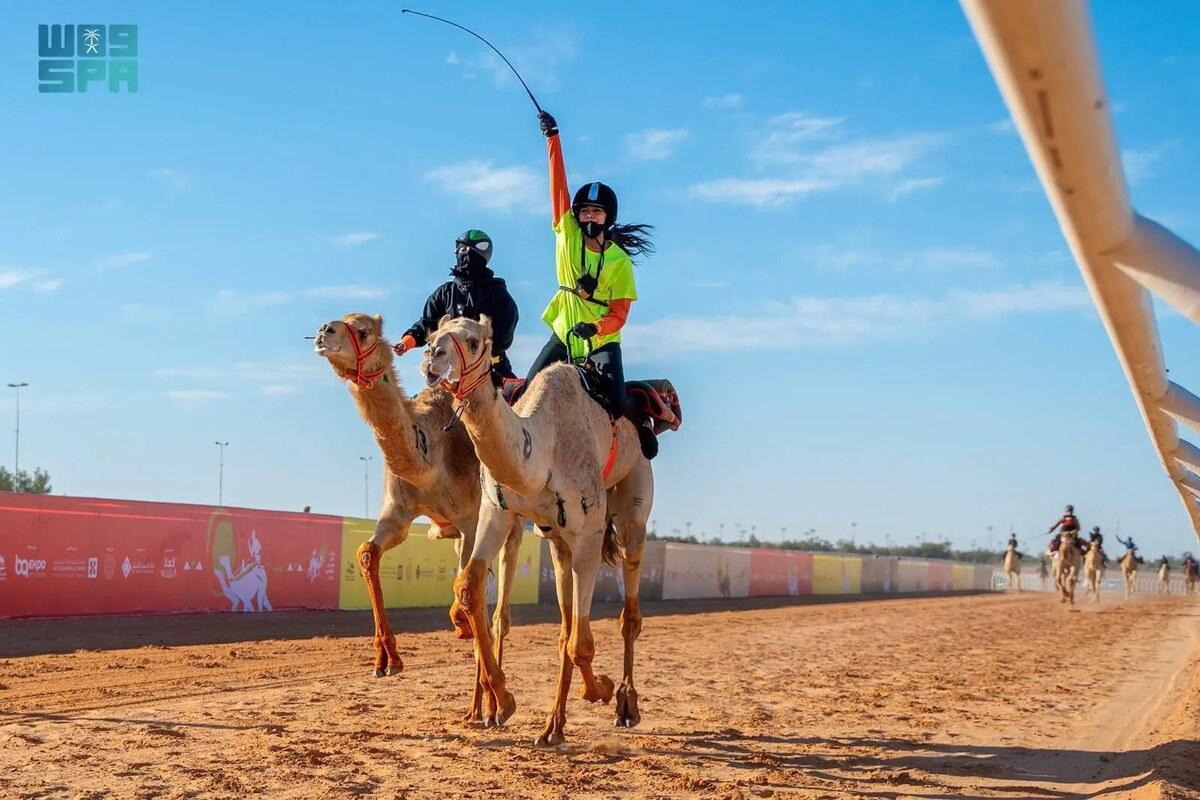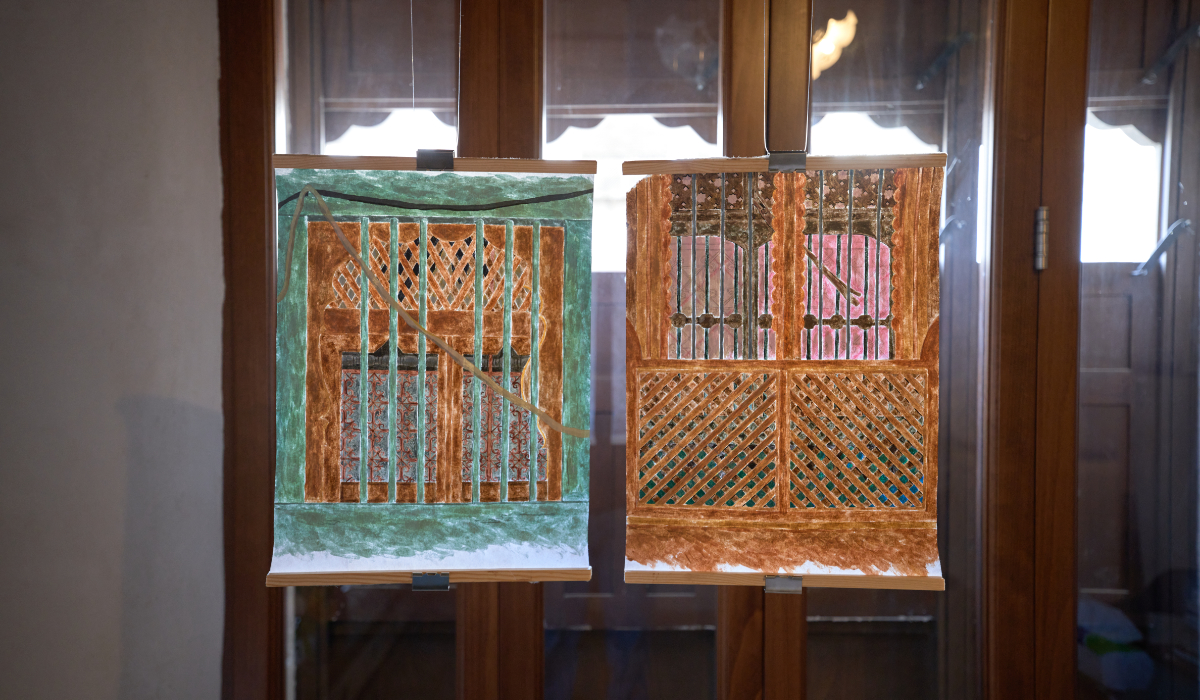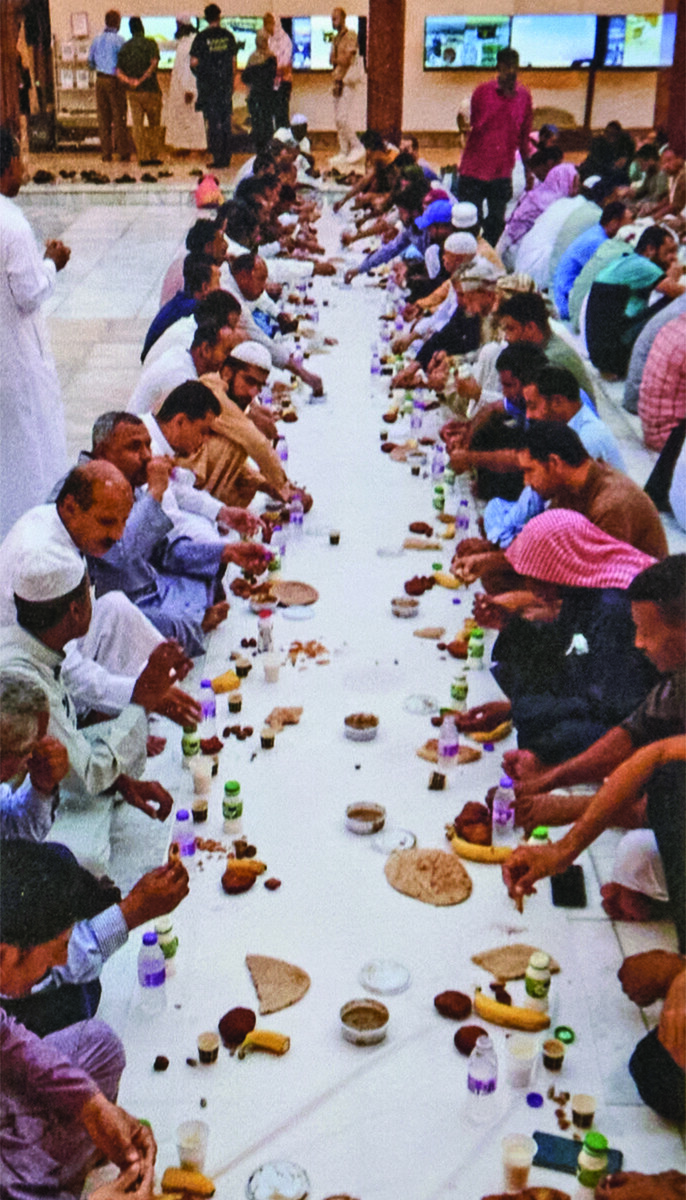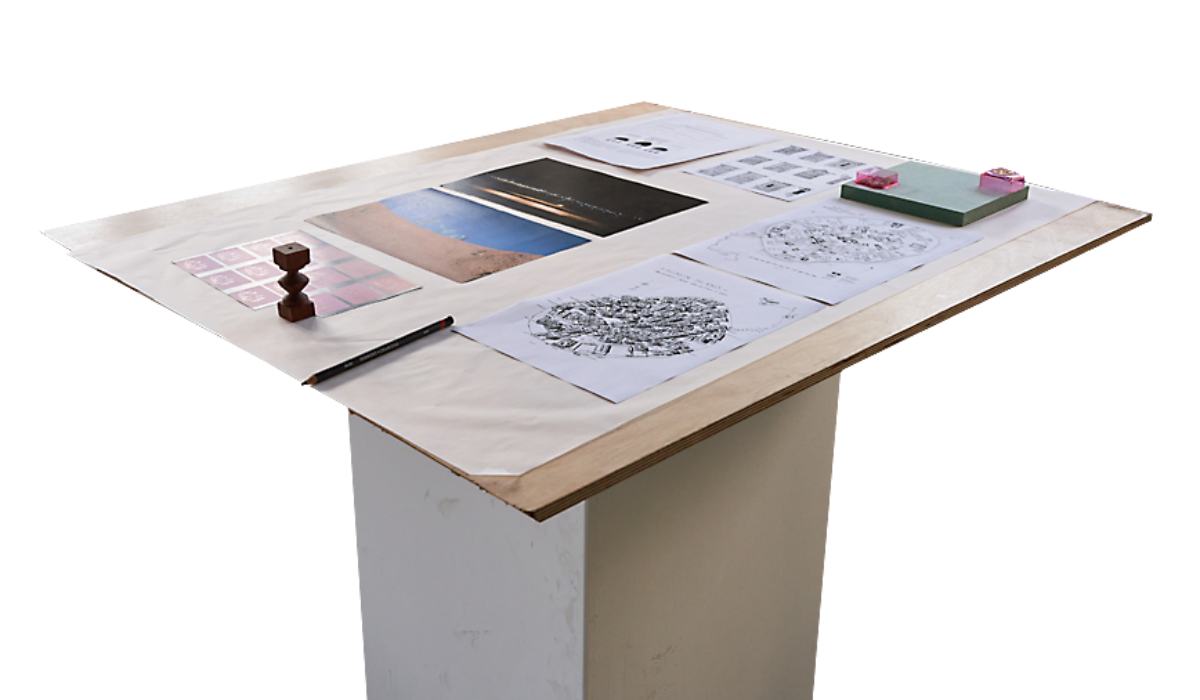MAKKAH: Through the window of his food truck in Tabuk, northern Saudi Arabia, Farhan Al-Anzi, known affectionately as Abu Shamikh, greets visitors with a warmth that embodies the essence of traditional Arabian hospitality.
His infectious cheer resonates with domestic and international tourists, and he has gained global recognition through a viral video on TikTok.
For Al-Anzi, tourism is a calling, a chance to showcase Saudi Arabia’s generosity in its most authentic form.
He performs Al-Hajini and Al-Mashoub traditional poetry originating from the ancient Nabataean kingdom, which is now northern Saudi Arabia and Jordan.
The performances are in English, which creates novel moments of cross-cultural connection.
Tourists find themselves joining in, matching his rhythm and enthusiasm, proving that music and art are universal languages that bridge cultures.
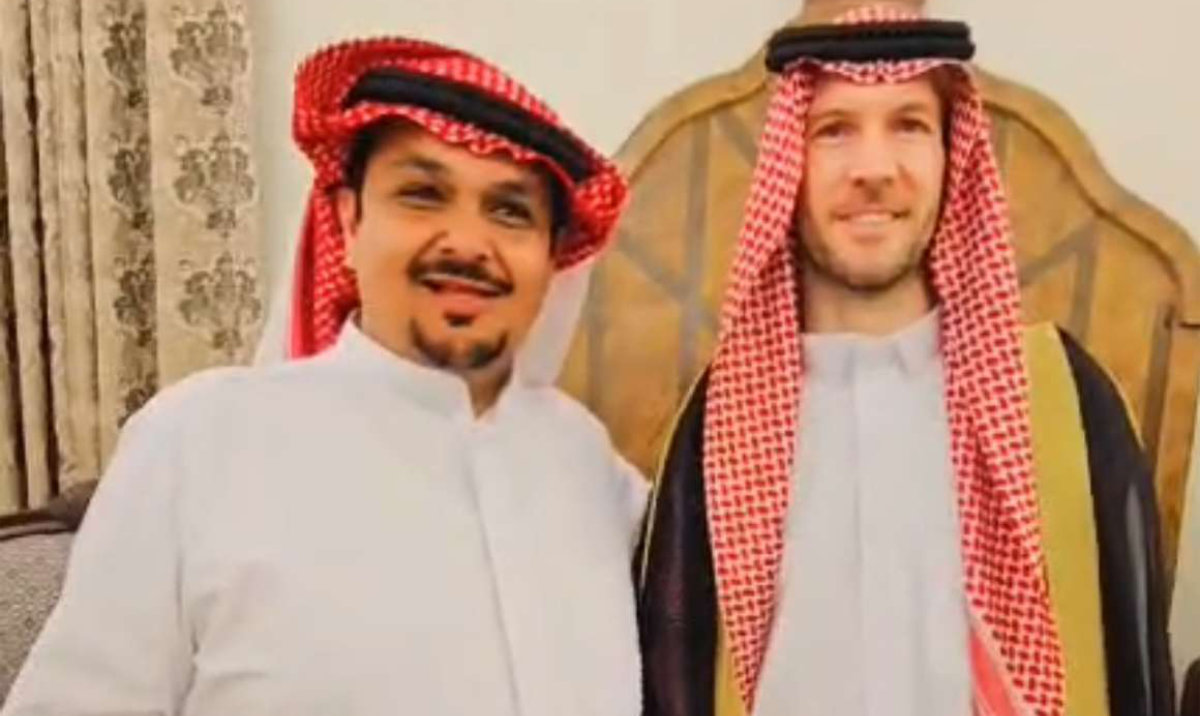
Al-Anzi’s transformation from a sidewalk merchant in Tabuk to an ambassador of Saudi hospitality speaks to a universal truth: that triumph often emerges from life’s greatest challenges.
A simple man with spontaneous humor, his story carries inspiring details about struggle, patience and giving.
“I started with just a tea cart on the sidewalks of Tabuk,” Al-Anzi told Arab News, reminiscing about his modest beginnings. “As more tourists started coming — locals, Gulf visitors and Europeans — we expanded to a food truck.”
However, his path to success was far from smooth. A series of severe health challenges, including multiple strokes and heart complications, left him bedridden for years.
During this period, his wife battled kidney failure, placing tremendous pressure on the family. “It was the darkest time of my life,” Al-Anzi recalled. “My children had to juggle between caring for both parents while keeping our business alive.”
The family’s resilience during this period proved crucial. After recovering, Al-Anzi returned to work with a renewed sense of purpose.
He introduced an innovative initiative: every Friday, his truck, aptly named “Our Sweet Days,” provides free services to those in need, including people with special needs, cancer patients, and the elderly.
His food truck began attracting a wide range of customers, from which he picked up invaluable and unexpected skills.
“I used to interact with university students from the tourism college, who taught me the basics of promotion and dealing with foreign visitors. I learned simple English words and started using them while providing services, and the results were amazing,” he said.
His breakthrough moment came unexpectedly. A video of him entertaining an American tourist at AlUla’s Elephant Rock, wearing traditional attire and singing, went viral on TikTok.
This exposure transformed his food truck into a must-visit destination, earning a spot on international tourism maps.
For Abu Shamikh, success is a mission to serve the nation. “What I do is part of our ancient Saudi culture.
“We aim to present a bright image of our traditions through generosity and hospitality, and this is part of our beloved Kingdom’s Vision 2030, which seeks to make Saudi Arabia a global tourist destination.”
With Saudi Arabia preparing to host Expo 2030 and the FIFA World Cup 2034, he hopes to play an even larger role in showcasing Saudi culture to the world.













